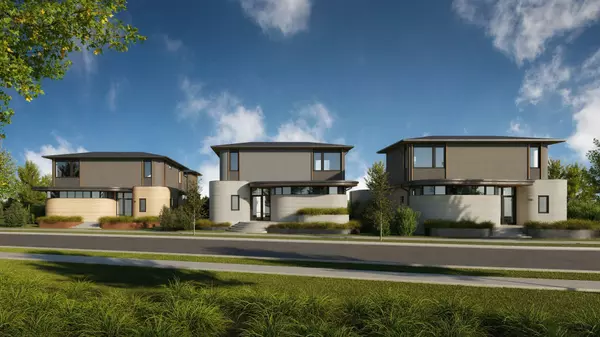Georgetown vs. Liberty Hill: The Ultimate 2025 Suburb Guide for Austin Commuters and Families

Georgetown vs. Liberty Hill: The Ultimate 2025 Suburb Guide for Austin Commuters and Families
Both Georgetown and Liberty Hill sit in the highly sought-after northern Austin metro area, offering great schools and a reprieve from city living. However, they represent two very different stages of growth: Georgetown is a historic, established city with robust amenities, while Liberty Hill is a smaller, rapidly developing town retaining a stronger Hill Country feel.
For families and commuters targeting Williamson County, understanding the nuances between these two suburbs is essential. Your ultimate choice depends on your non-negotiables: Do you prioritize a shorter commute and an established city center, or do you favor lower housing costs and a more rural environment?
The Commute and Accessibility Trade-Off
The daily trek to Austin is a major factor for most buyers looking at Homes for sale in Georgetown or Homes for sale in Liberty Hill. Neither is a short trip, but the routes are distinct:
- Georgetown (I-35 Corridor): As the county seat, Georgetown benefits from direct I-35 access and proximity to the SH 130 Tollway. The non-peak drive to Downtown Austin is generally 40–55 minutes. Crucially, the morning rush hour on I-35 can push the commute into the 55–80+ minute range, particularly through Round Rock and Pflugerville.
- Liberty Hill (SH 29/183 Corridor): Located further west, Liberty Hill relies heavily on SH 29 and US-183. The non-peak drive to Downtown Austin is slightly longer at 45–60 minutes. Peak traffic, however, is often experienced further south near Leander and Cedar Park, leading to rush hour times of 60–90 minutes.
Verdict: Georgetown offers a more direct, albeit more congested, route via the I-35 artery. Liberty Hill offers a more scenic, but slightly longer, drive that can be subject to bottlenecks in the Leander/Cedar Park area.
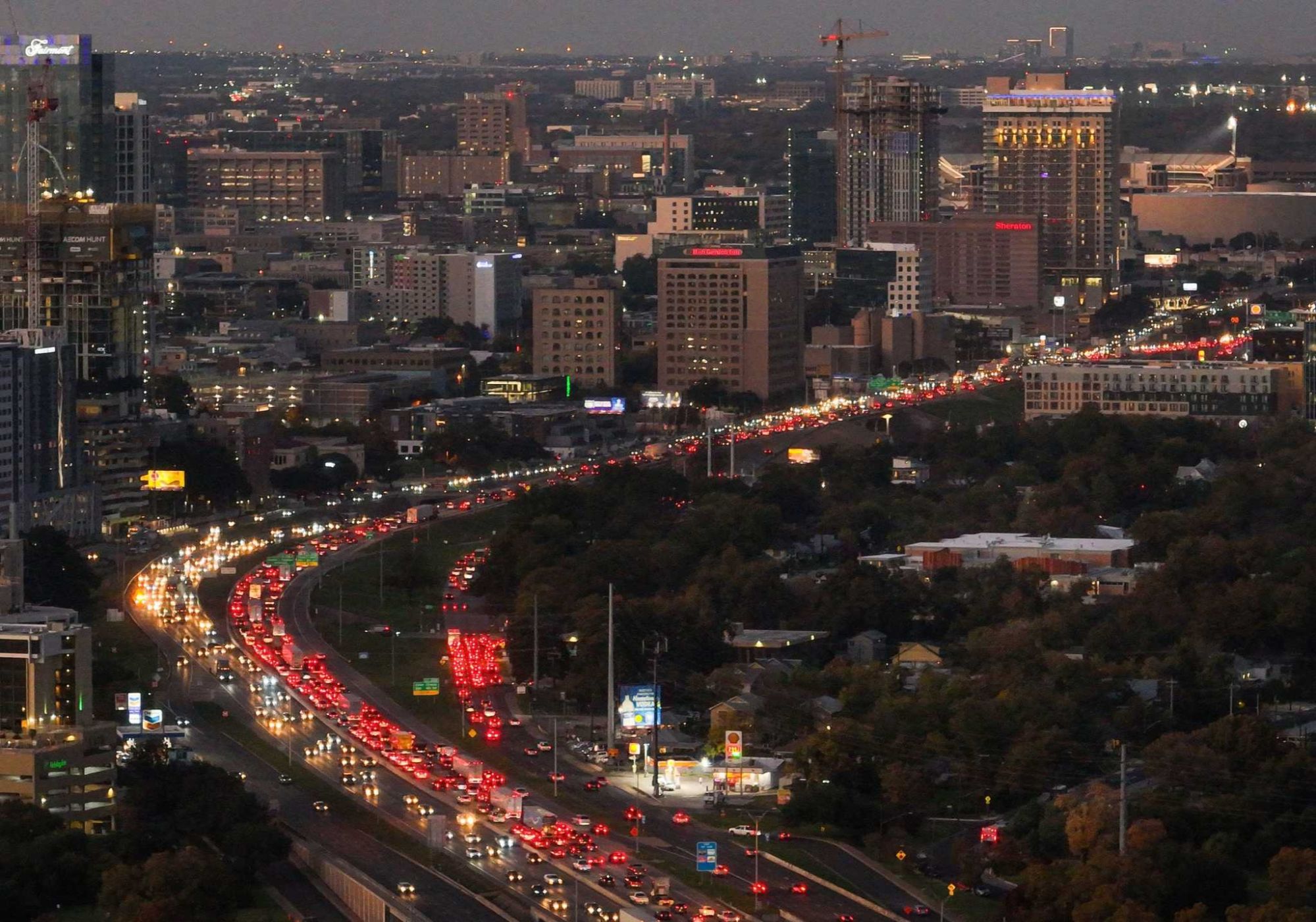
Housing Market Snapshot: Price vs. Growth
In the volatile 2025 Central Texas housing market, both cities show market cooling but with different price points:
| Metric (Sept 2025 Data) | Georgetown, TX | Liberty Hill, TX |
|---|---|---|
| Median Sale Price | ~$413,000 (Down 6.7% YoY) | ~$375,000 (Up 2.1% YoY) |
| Median Days on Market | ~79 Days | ~75 Days |
| Vibe / Density | Established City, High Amenities, Higher Density | Booming Growth, Rural Feel, Lower Density |
Liberty Hill currently maintains a lower median price, making it a more accessible entry point for buyers prioritizing affordability. The slight year-over-year median price increase in Liberty Hill, contrasted with the decrease in Georgetown, suggests that Liberty Hill's rapid expansion is still fueling localized price growth at the entry level, while Georgetown's more established market is correcting faster from its peak. To see what your current home could fetch, Get Your Free Home Valuation.
School District Excellence: ISD Comparison
For families, the quality of the school district (ISD) is paramount. Both Georgetown ISD (GISD) and Liberty Hill ISD (LHISD) are well-regarded, but they serve different populations:
Georgetown ISD (GISD)
GISD is a much larger, more diverse district with 19 schools and 13,000 students. It received a Niche Grade of B+ (as of 2026 data) and a State accountability rating of 'B' for Georgetown High School. GISD offers a wide array of programs and has a larger student body that reflects the diversity of a more established city.
Liberty Hill ISD (LHISD)
LHISD is smaller and considered one of the fastest-growing in the region, with 9 schools and nearly 9,000 students. LHISD received a Niche Grade of A- (as of 2026 data) and a State accountability rating of 'B' for Liberty Hill High School. LHISD is often praised for its small-town community feel, though its student body is less racially diverse than GISD.
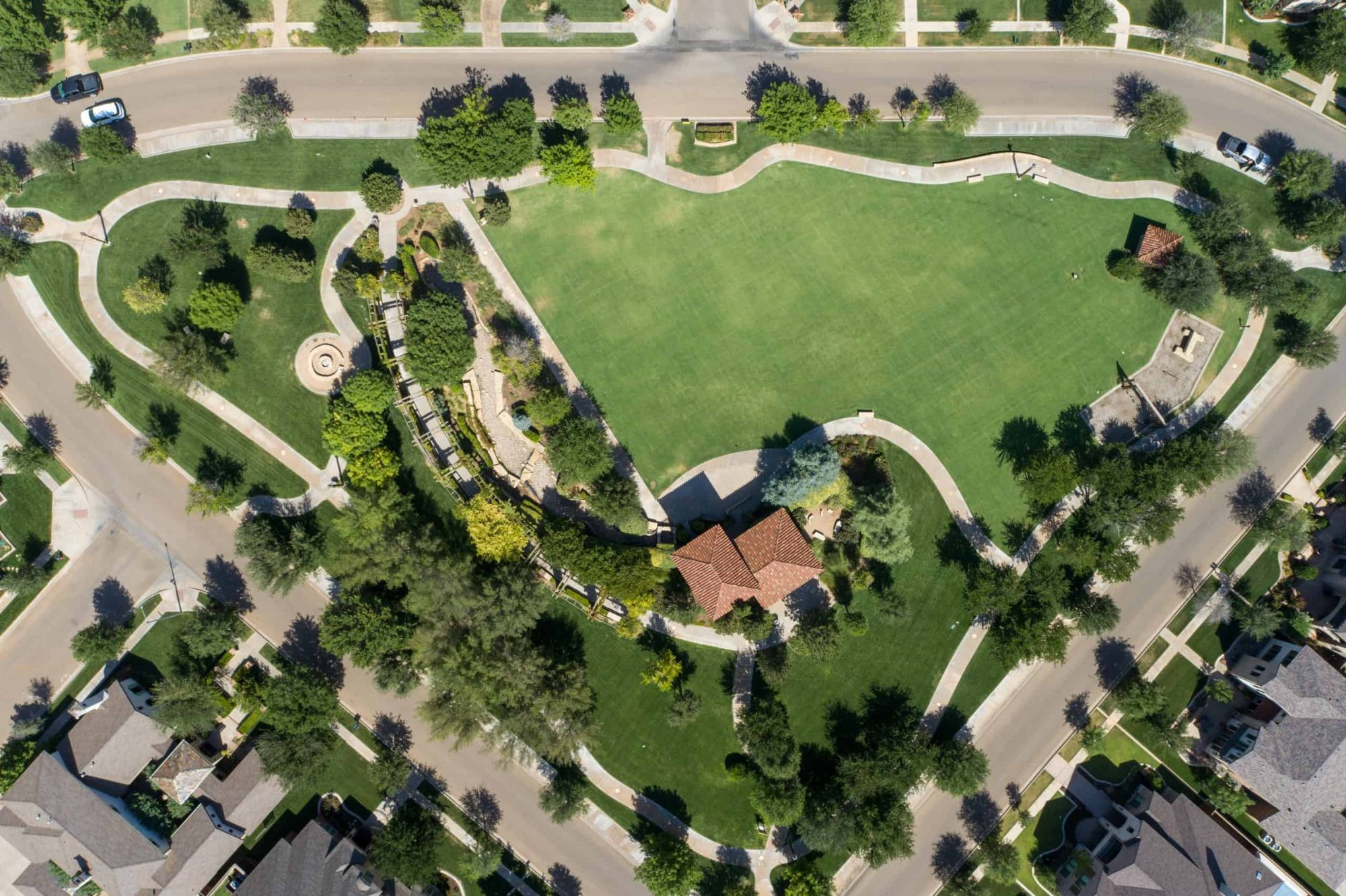
Lifestyle and Community Centers
The difference in lifestyle is most obvious when comparing their centers:
- Georgetown: Home to “The Most Beautiful Town Square in Texas”, the Georgetown Neighborhood Guide center offers a fully developed, vibrant destination with Southwestern University, high-end dining, boutique shopping, and frequent cultural events. It is a city that has preserved its history while building out major hospitals and retail centers along I-35.
- Liberty Hill: The main street is undergoing rapid development, aiming to emulate Georgetown’s success from a decade ago. It retains a more authentic small-town atmosphere, less traffic, and a true Hill Country feel with more open space and larger lot opportunities. Amenities are growing fast, but the selection is currently smaller and more localized.
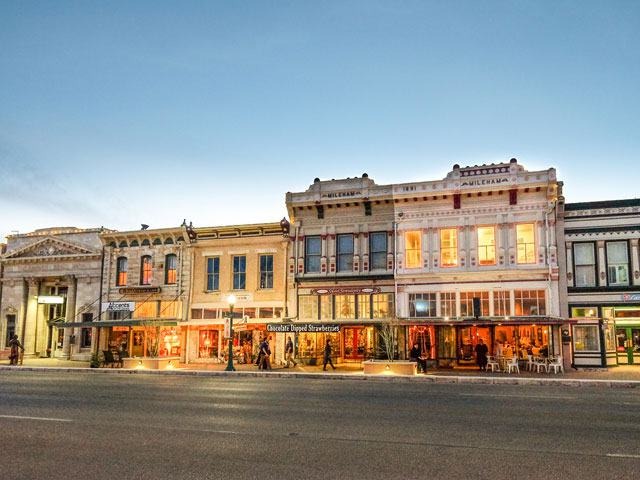
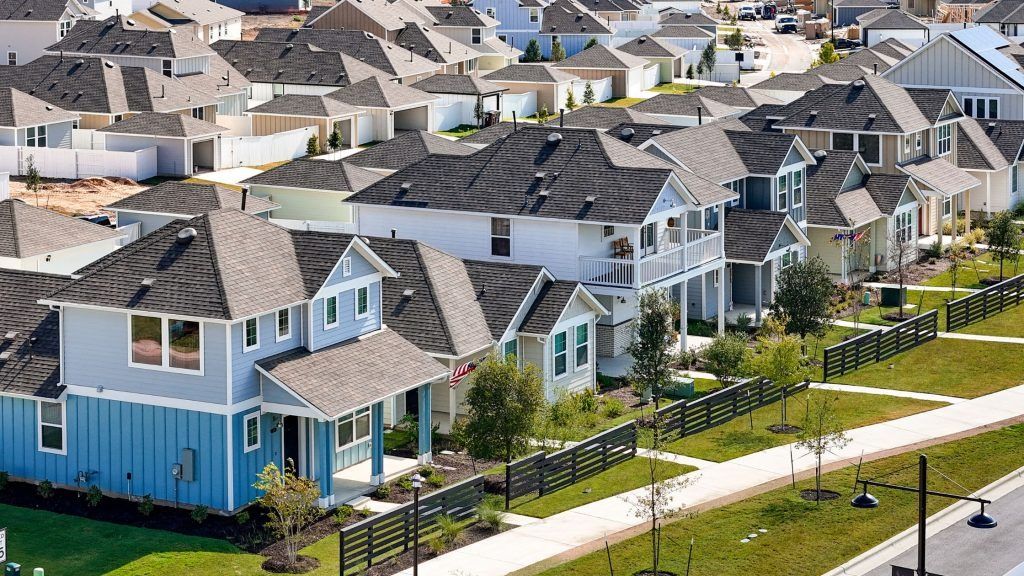
Conclusion: Where to Place Your Family?
Your ideal suburb depends on which column in the matrix below aligns best with your needs:
| If You Choose Georgetown... | If You Choose Liberty Hill... |
|---|---|
| You prioritize established amenities (Square, hospitals, universities). | You prioritize lower cost of entry and more land/space. |
| You accept a more congested commute for direct I-35 access. | You accept a slightly longer but less stressful commute via 183. |
| You want a larger, more diverse school district (GISD). | You want a smaller, community-focused school district (LHISD). |
Next Steps for Commuters and Families
The best way to decide is to drive both commutes during peak hours and spend time on both the Georgetown Square and Liberty Hill’s growing Main Street. Let's explore which neighborhood truly feels like home.
- Browse All Homes for Sale in both Georgetown and Liberty Hill.
- Review nearby closed sales to gauge value: See Recently Sold Nearby.
- Get more insights into the region: Austin Real Estate Blog – Market Updates & Neighborhood Insights.
Categories
Recent Posts









